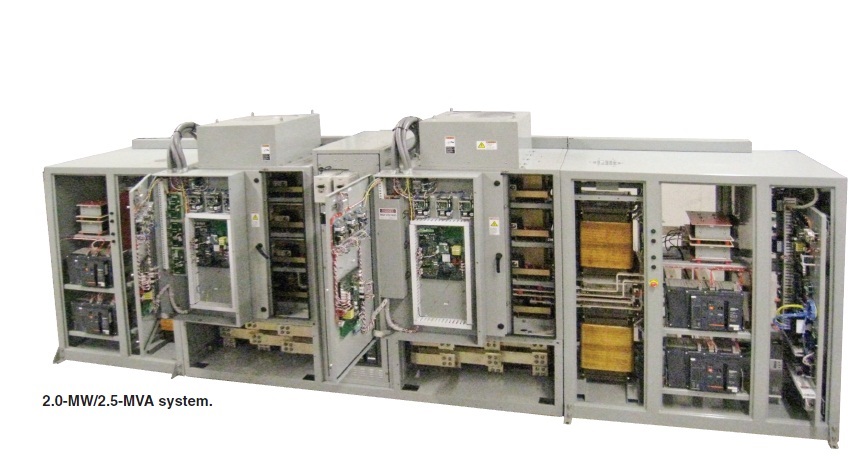Wind energy plant developers, owners and operators all face uncertainty about how undefined tax laws and structures—the U.S. wind production tax credits in particular—may impact a plant’s financial picture. There is increased focus on finding ways to make projects financially viable without tax incentives like the PTCs, particularly from a cost standpoint. This focus has extended to electrical components, and in some cases could lead plant developers and owners to look at lower-quality products as a way to reduce costs.

The switchgear from S&C Electric includes battery storage that improves the quality of power from a wind farm.
The electrical components applied at wind energy plants—including switchgear, encoders, dampers, controllers, gearboxes and actuators—all play an important role in helping renewable energy plants maximize production. They also impact return on investment for any plant. When a component malfunctions, the electricity that can be sent to the grid is reduced and, thus, so are plant profits. Product quality is paramount to ensure that the devices perform properly over time and help maximize plant production. The upfront cost savings of purchasing a lower-quality device will disappear if equipment problems lead to reduced production levels and higher product maintenance costs.
Some suppliers of quality electrical equipment, however, are developing creative solutions to reduce the total upfront costs associated with electrical components while also providing quality products that can help assure plant productivity over the long term. New electrical products offer features that lower the total installed cost, such as reducing the footprint and the associated civil engineering work required for a product. These product innovations can also reduce the amount of in-field labor required to install a product—a particular concern when a plant is located in an area with high labor costs.
Complete packaged solutions are another approach that can reduce overall costs for electrical systems at wind energy plants. For instance, standardized engineering-and-switchgear solutions for interconnection substations are now available. These complete solutions integrate varied equipment required in the substation, such as relays and meters, and can be tested at the factory before the product ships. Such integrated switchgear packages further reduce upfront costs by eliminating the need for a separate control house in the substation, which also reduces foundation costs and streamlines the installation process.
Complete packaged solutions dramatically shorten project lead times, too. Standardized, integrated solutions that bring different products together in one package streamline engineering and field installation work, which in turn shortens the total timeframe for a given project. Lead-time reduction is a major benefit for developers working to complete a plant on an aggressive schedule.
As the base of installed wind energy generation matures, another growing priority is consideration for total lifecycle costs of electrical components applied at wind energy plants. Investing in quality electrical equipment upfront, of course, is one approach to reduce maintenance costs over the life of the product. Evaluating expected maintenance over the life of the device before purchasing equipment can also help ensure that a product won’t require unusually high amounts of maintenance over its lifespan.
Apart from such upfront evaluations, more plant owners are investigating comprehensive asset management programs for critical electrical components to reduce costs and maximize plant uptime. Monitoring has emerged as an important component of any project management program, allowing plant operators to better track the performance of electrical components over time and alerting the plant operator to emerging issues before they disrupt production. Monitoring can also be performed by third-party service providers remotely using cloud-based technology. A good comprehensive asset management program can help avoid unplanned equipment downtime, which in turn will help the plant maximize production over the long term and help owners meet financial goals.
This section provided by S&C Electric Company
Filed Under: Energy storage, News, Transformers




